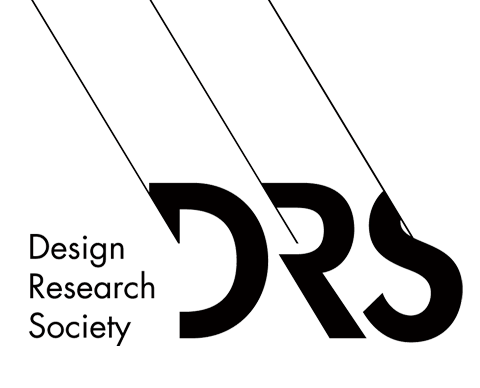Abstract
This workshop explores the interweaving of human and non-human relationalities through noticing strategies that decenter the anthropocentric perspective. As a starting point, we propose to examine our position of humans as interconnected and entangled with more-than-humans, problematising how this perspective could reshape human-centred methods and practices. We intend to elaborate on how our being in the world –co-shaped by non-human entities– can be experienced through embodying other (human or non-human) perspectives. We thereby explore noticing as a method and start tackling the following questions: How do designers relate in the design process to other humans and non-humans? How does decentring the human perspective lead to noticing emerging relations? What is a designer’s responsibility when designing with/through/for relations?
Keywords
human-centred design, more-than-human design, somaesthetic design, relational design, post-anthropocentrism
DOI
https://doi.org/10.21606/nordes.2025.84
Citation
Scholz, B., Honauer, M.,and Nuñez-Pacheco, C.(2025) Designing with relationalities: Interweaving human and more-than-human approaches, in Morrison, A., Culén, A. & Habib, L. (eds.), Nordes 2025: Relational Design, 6-8 August, Oslo, Norway. https://doi.org/10.21606/nordes.2025.84
Creative Commons License

This work is licensed under a Creative Commons Attribution-NonCommercial 4.0 International License
Conference Track
Workshops
Included in
Designing with relationalities: Interweaving human and more-than-human approaches
This workshop explores the interweaving of human and non-human relationalities through noticing strategies that decenter the anthropocentric perspective. As a starting point, we propose to examine our position of humans as interconnected and entangled with more-than-humans, problematising how this perspective could reshape human-centred methods and practices. We intend to elaborate on how our being in the world –co-shaped by non-human entities– can be experienced through embodying other (human or non-human) perspectives. We thereby explore noticing as a method and start tackling the following questions: How do designers relate in the design process to other humans and non-humans? How does decentring the human perspective lead to noticing emerging relations? What is a designer’s responsibility when designing with/through/for relations?

